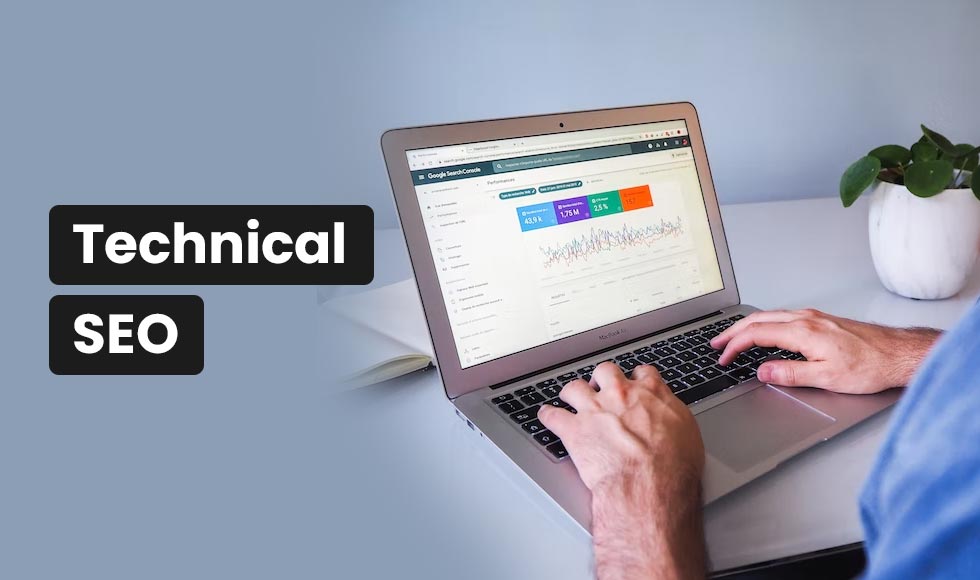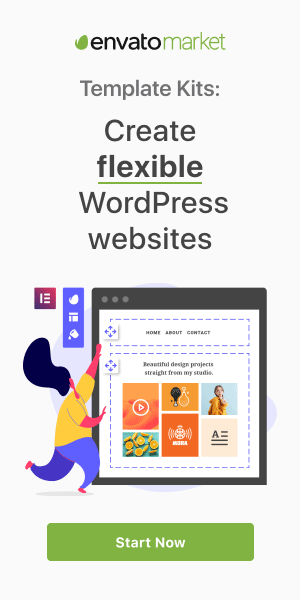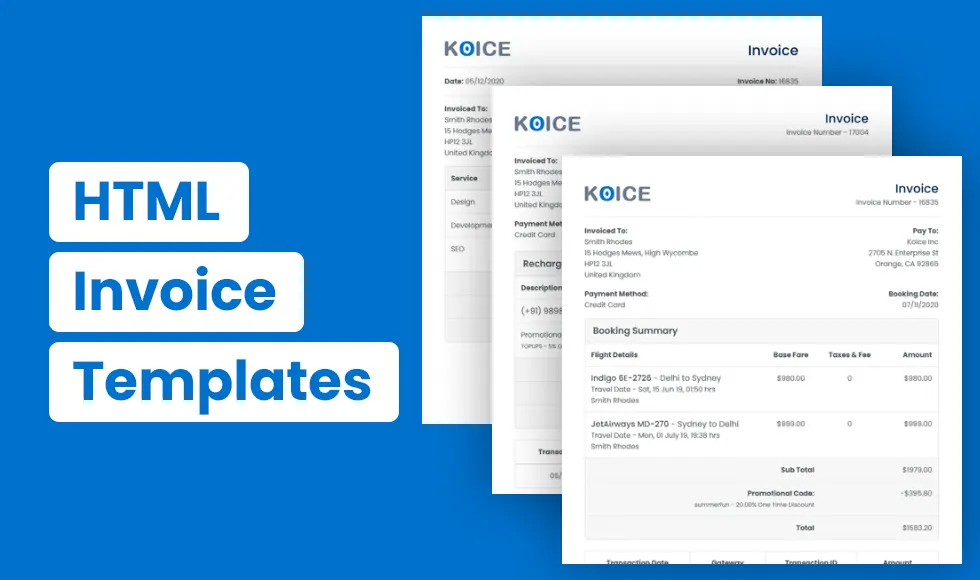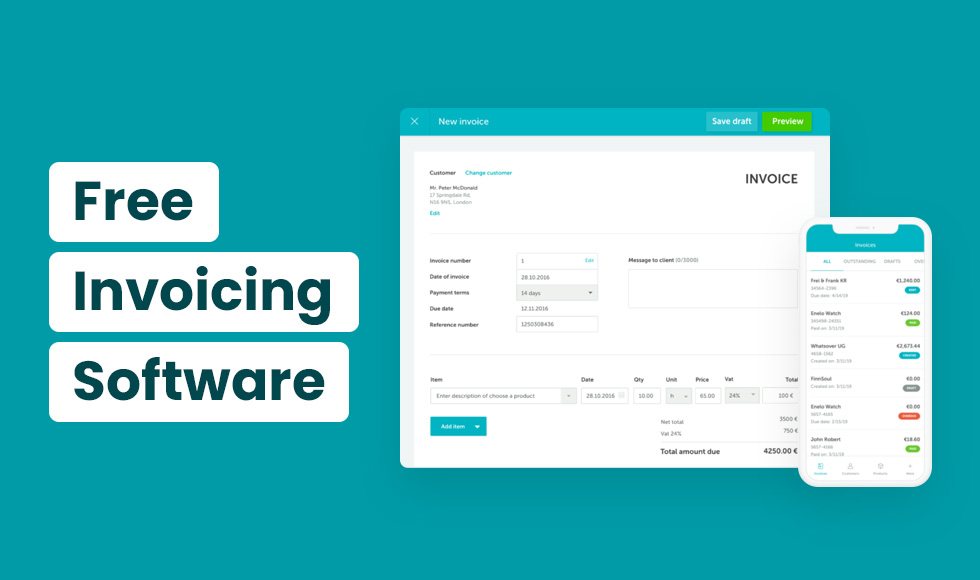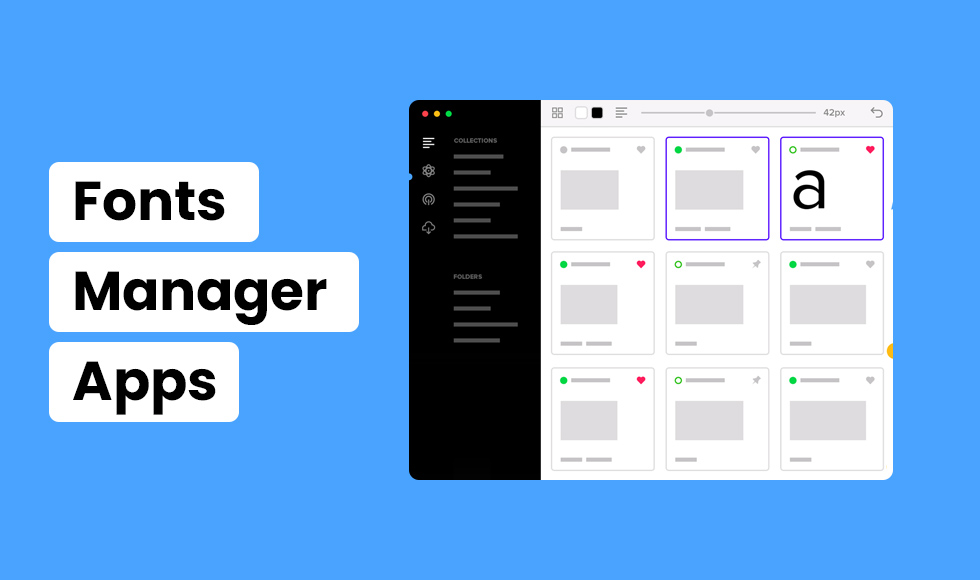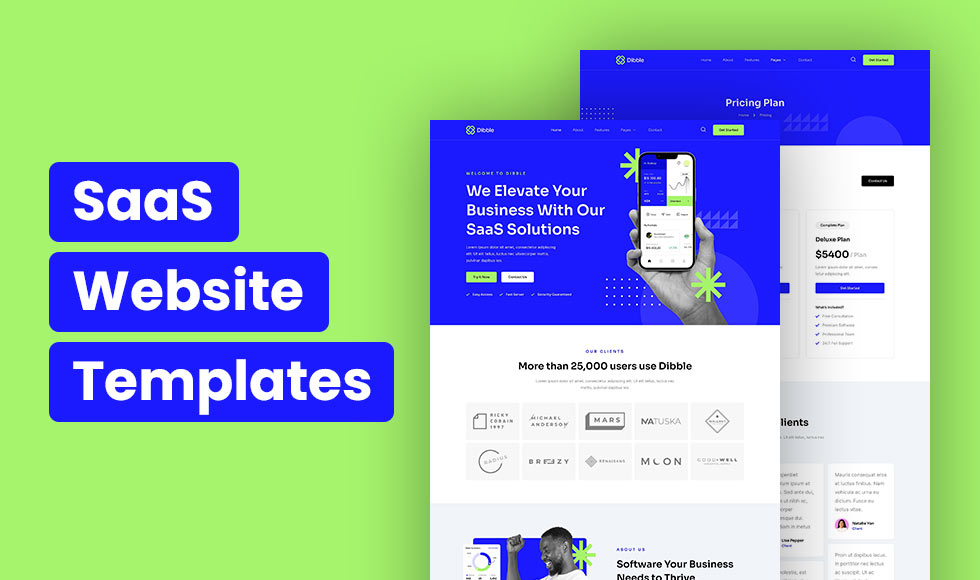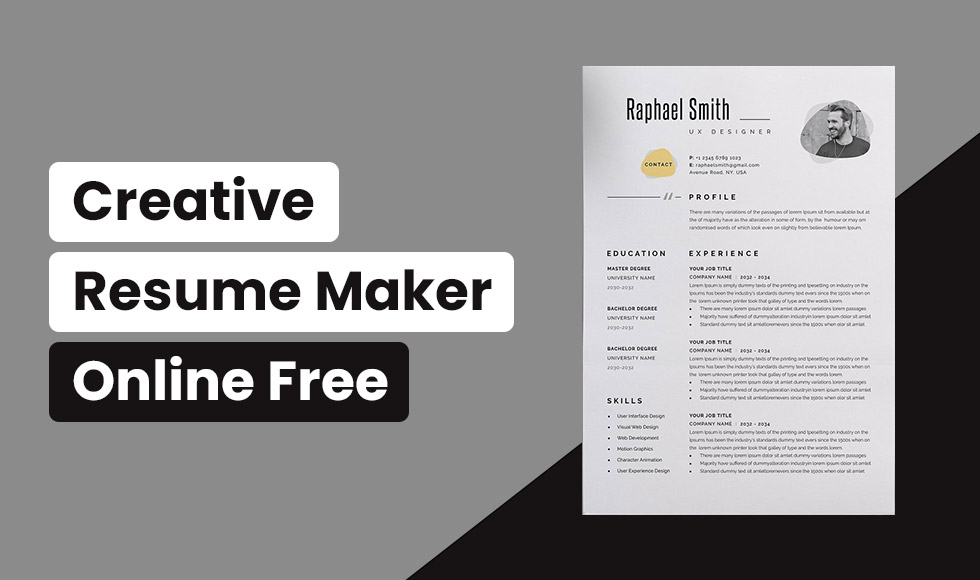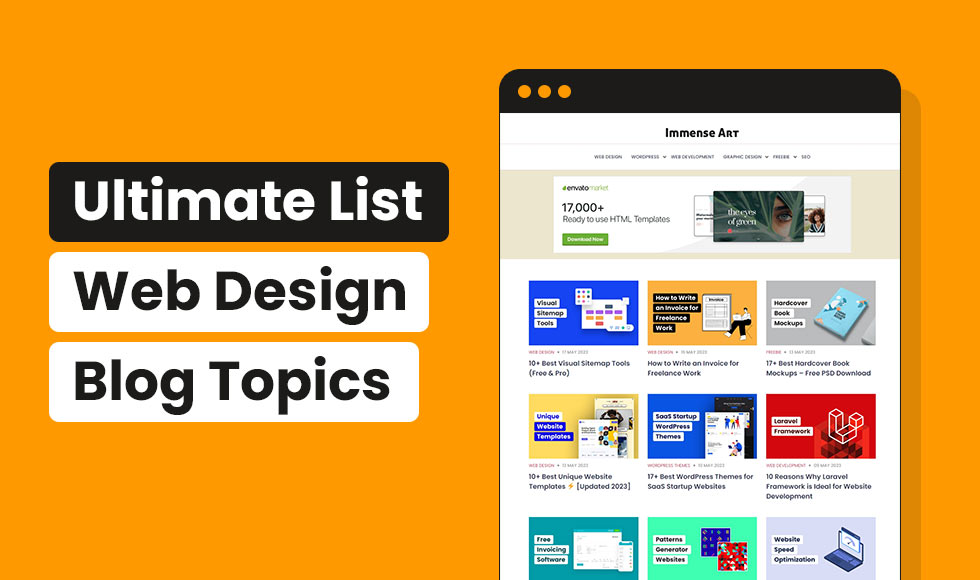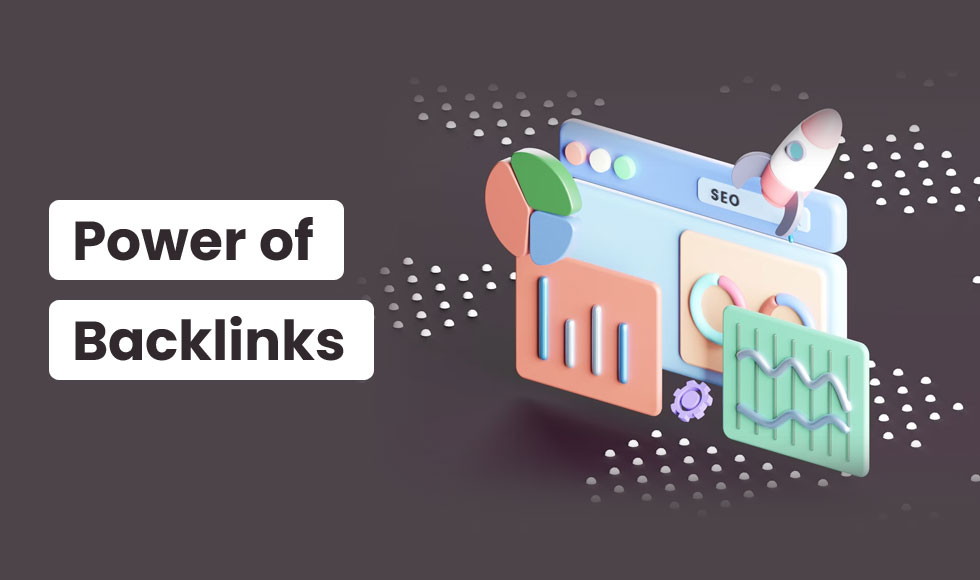Writing quality content and posting relevant links will take you very far in SEO, but you should not forget the ultimate power of technical SEO. One of the important skills to learn is how to use technical SEO for thinking like Googlebot. Before you indulge into this so called funny stuff, it is important to know what Googlebot is, how it works, and why you will need it.
What is Googlebot?
Googlebot is a web crawler that collects data from the webpages. It is just like other web crawlers that are referred as user agents in the SEO industry. Here, we would like to refer to user agents as specific web crawling bot. Some of the common user agents are:
- Googlebot – Google
- Slurp Bot – Yahoo
- Bingbot – Bing
- Alexa Crawler – Amazon Alexa
- DuckDuckBot – DuckDuckGo
How Google’s Crawler identify webpages
According to SEO professionals at seoagencysingapore, the fastest way to allow Google to crawl your website is to create a new property in Search Console and then submit your sitemap. However, this is not the entire picture. While sitemaps are a suitable way to enable Google crawl your website, this is not accountable for PageRank.
According to professionals of a SEO agency, Internal linking is a method for Google to understand which webpages are related and hold greater value.
Google can identify your webpages from Google My Business listings, links and directories from other websites.
How Googlebot reads webpages
The objective of Googlebot is to develop a webpage in the same way how a user would like to see it.
If you want to test how Google views your webpage, check out Fetch and Render tool in Search Console. This will give you a Googlebot view versus User view. This can be of great help to find out how Googlebot sees your webpages.
Technical ranking factors
Unlike traditional SEO, there is no specific rule to technical SEO. If you are a technical SEO expert who thinks about the future of SEO, then the biggest ranking factor is to pay proper heed to revolve around user experience.
Why you should think like Googlebot
When Google tells to create a great site, they really mean it. Yes, this is a very accurate statement for Google. If you can satisfy users with a helpful website, then you may experience more organic growth.
User experience versus Crawler experience
When developing a site, you would want to satisfy users and GoogleBot.
Well, this is a hot topic for debate that arise tension between the UX designers, SEO professionals and web developers. However, this is considered to be a good opportunity for working together and understand better the balance between user experience and crawler experience.
UX designers have to keep users’ interest in mind, while the SEO professionals try to fulfill the requirements of Google. Web developers, on the other hand, try to make the best of both the worlds.
Experts working in a UK based SEO agency knows the importance of web experience to optimise for the best user experience. However, you should also optimize sites for Googlebot and other search engines. Luckily, Google mainly focuses on the user and modern SEO strategies try to provide better user experience.
This blog discusses about 10 Googlebot optimization tips to win over UX designer and web developer.
1. Robots.txt
The robots.txt is a text file placed at the root directory of a site. Googlebot looks for these things when a website is being crawled. Try adding a robots.txt to your website and a link to sitemap.xml.
A developer may leave a sitewide disallow in robots.text and block all search engines from crawling sites when shifting a developing site to live site. After this gets corrected, it might take just a few weeks for rankings and organic traffic to return back.
2. Sitemap.xml
Sitemaps are an important factor for ranking sites and the method used by Googlebot to search for the relevant pages on your website. Some tips for sitemap optimisation are:
- Only one sitemap index.
- General web pages and separate blogs into sitemaps, then link those on your sitemap index.
- Do not create each web page higher priority.
- Remove 301 and 404 pages from your sitemap.
- Submit sitemap.xml file to Google Search Console and then monitor the crawl.
3. Site Speed
The quickness of loading is one of the important ranking factors, particularly for mobile devices. If the loading speed of your site is very slow, Googlebot may lower your rankings.
An easy way to detect if Googlebot thinks your site loads too slow is to test site speed properly.
4. Schema
When you add structured data to your site, then this can help Googlebot know better the context of your web pages. It is important for you to follow the guidelines of Google. It is suggested to use JSON-LD for implementing structured data markup.
5. Canonicalization
A major problem for large websites like ecommerce is duplicate webpages. Several reasons are there for the duplicate webpages such as different language pages. If you have a website with duplicate pages, then it is crucial to recognize your preferred webpage with a hreflang attribute and canonical tag.
6. URL Taxonomy
A clean and well-defined URL structure will improve user experience and lead to higher rankings. Setting parent web pages enable Googlebot to know the relationship of each page in a better way. However, if you have webpages that rank well, Google recommends changing the URL. Clean URL taxonomy should be established from the beginning of site’s development.
If you think optimising URLs will help your website, make sure you update your sitemap.xml and set up proper 301 redirects.
7. JavaScript Loading
Though static HTML pages are easy to rank, JavaScript enables websites to provide better user experience through dynamic rending. In 2018, Google has already used various resources for improving JavaScript rendering.
Google wishes to continue focusing on JavaScript rendering. If your website depends heavily on dynamic rendering through JavaScript, then the developers should follow the recommendations of Google for the best practices.
8. Images
Google points out at the importance of image optimisation for a long time. Optimizing images can help Googlebot to contextualize how the images are related to improve your content.
When looking into quick wins on optimizing your images, it is recommended:
- Image file name – Illustrate what the image is all about with a few words.
- Image alt text – Though you can copy image file name, you can use more words.
- Structured data – Add schema markup to describe images on the web page.
- Image sitemap – Google suggests adding a separate sitemap to crawl images properly.
9. Broken Links & Redirect Loops
Broken links are extremely bad and they can waste crawl budget. According to John Mueller, broken links do not lessen crawl budget. You may check on Google Search Console or your crawling tool to find out broken links on your site. Redirect loops are another way found with old websites. A redirect loop occurs when there are several steps within a redirect command.
Experts of the best SEO agency said, search engines often pass through difficult time crawling redirect loops and can probably end the crawl. The right action is to replace original links on each page with the final links.
10. Titles and Meta Descriptions
If the title and meta descriptions are properly optimized, then this may lead to better rankings and click through rate (CTR) in the search engine result pages. This is a crucial part of SEO but it is worth including as Google reads this. Different theories are there about the best practice for writing them and these are:
- Pipes (|) are preferred than hyphens (-), but Googlebot does not seem to care.
- In the meta titles, try adding brand name on home page, about us, and contact pages. Mostly, the other page types will not be of much concern.
- Avoid pushing it on the length.
- For meta description, copy the first paragraph and try editing properly so that it fits within the range of 150-160 character. If that does not describe your webpage properly, then consider working on the body of the content.
- Test and find out if Google wants to keep your titles and meta descriptions.
Conclusion
When it is about optimising for Googlebot and technical SEO, various things should be taken into consideration. Many of them require thorough research before implementing any kind of change in your website.
Though the new tactics may seem exciting, it may drop in organic traffic. A good rule of thumb is to test these tactics by waiting for a few weeks between necessary changes take place. This enables Googlebot to spend some time in knowing about sitewide changes and categorize your site better within the index.

